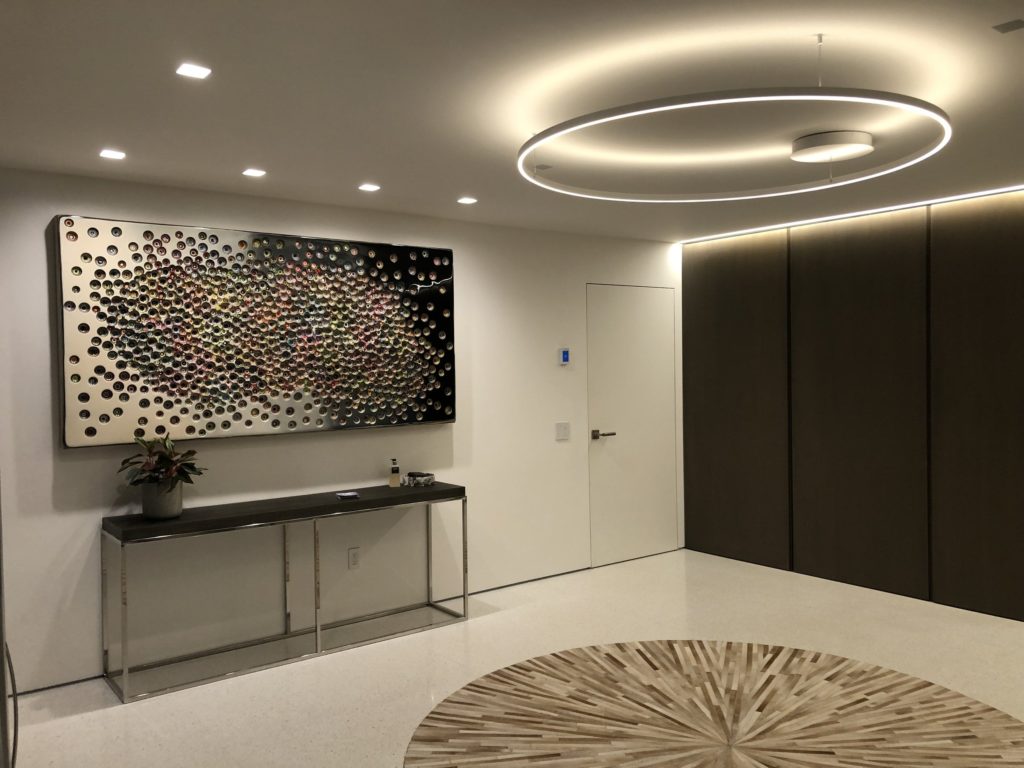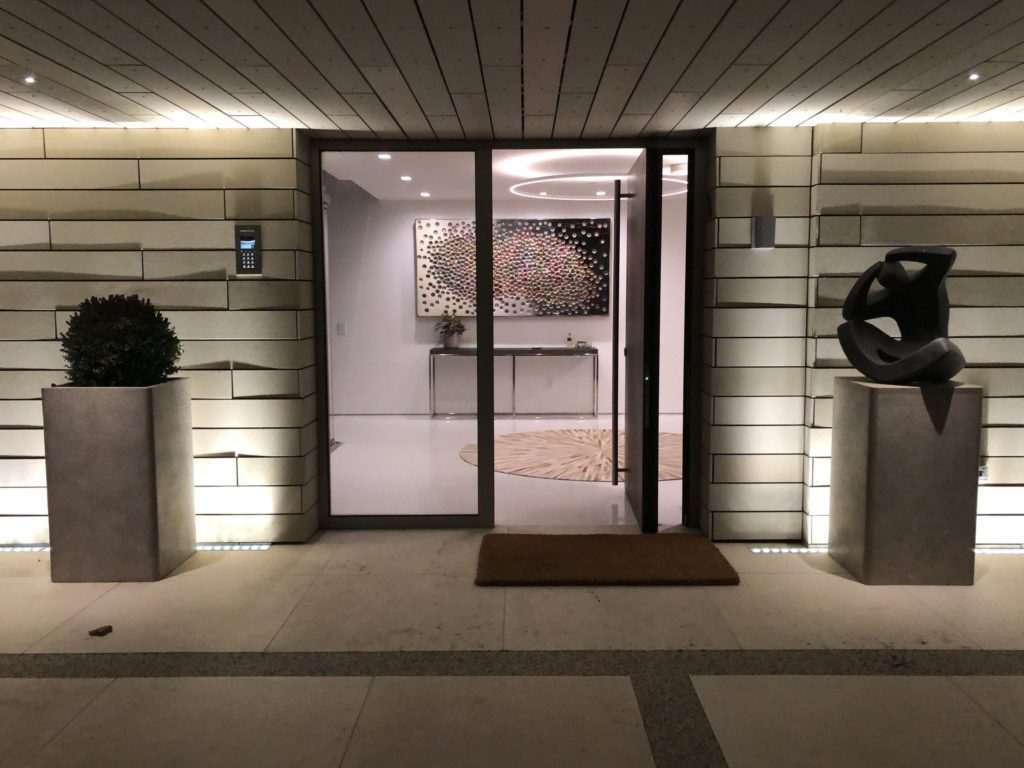An important component of modern architecture is designing for a sustainable future. With great advancement in technology, ‘green’ materials and sustainable solutions over the last decade, Rich Granoff seized the many opportunities available to reduce the overall environmental impact of his newly-constructed home.
As a strategy, Rich approached sustainability from many different perspectives. In addition to reduction of energy use, it was important to consider alternative sources of energy, reduction of water use and incorporating materials that use recycled content.
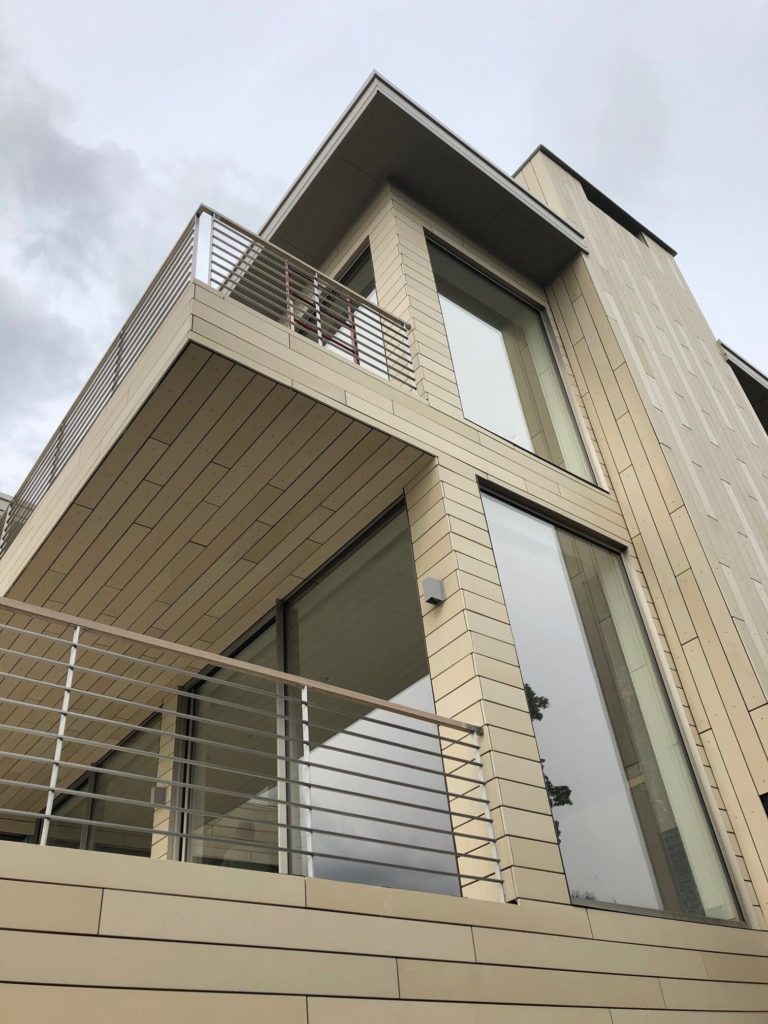
The building is clad in Oko Skin, which is a composite cementitious material that will be low-maintenance, last many years and did not require deforestation. The home is heated and cooled using an air-source heat pump system. This is a super-efficient “next gen” system that provides comfortable indoor air temperatures utilizing a minimal amount of energy.
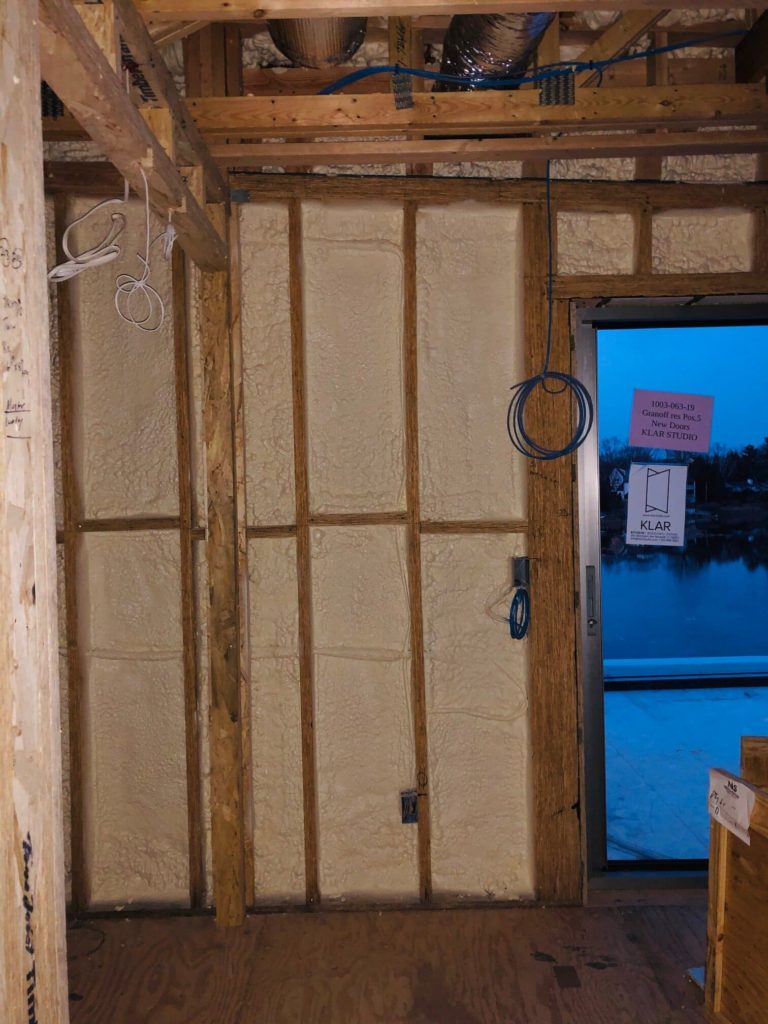
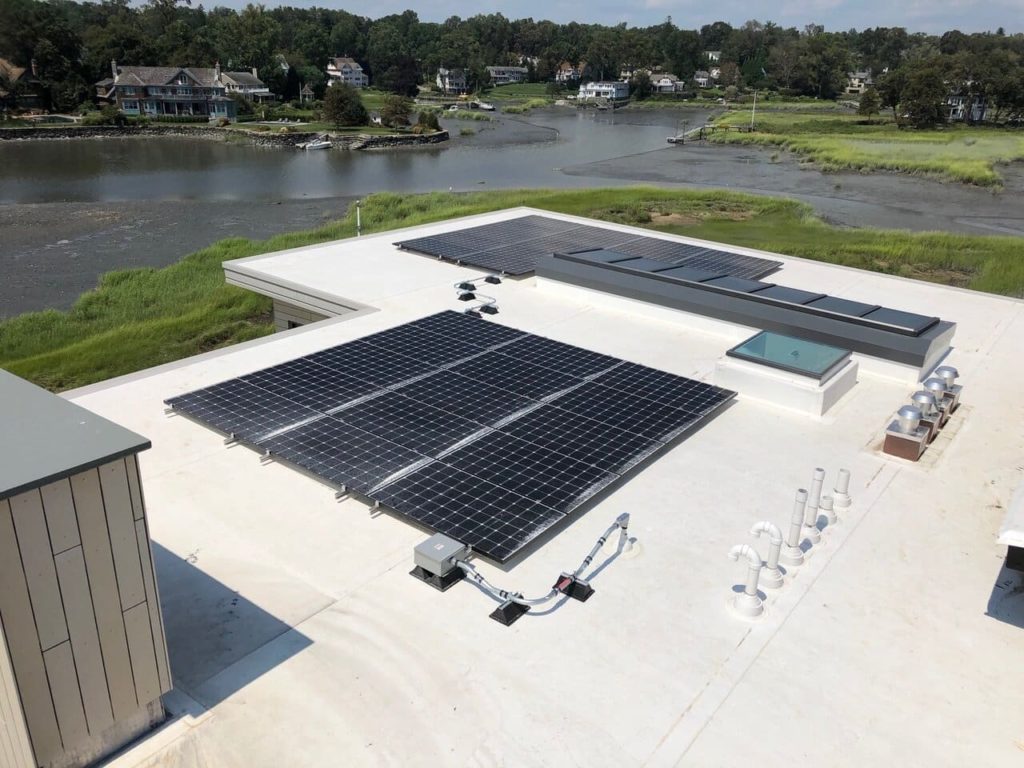
The building envelope (exterior walls and roof ) of Osprey Point are super-insulated using closed cell spray foam. This maximizes that efficiency of the heating and cooling equipment. Furthermore, the ventilation system incorporates a heat recovery unit that recaptures 60% of the heat generated in the building. It is then used to temper the fresh air being supplied to the building.

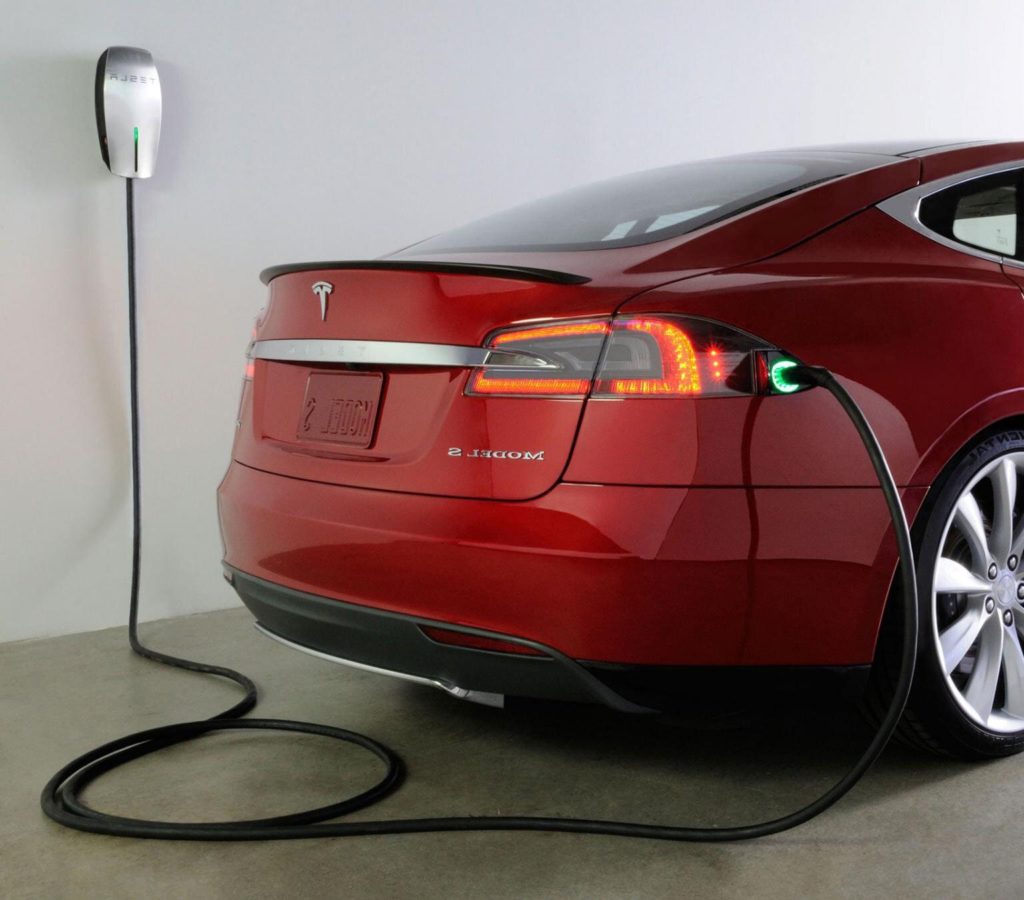
Additionally, two Tesla Powerwalls have been installed to store the electricity generated by the rooftop solar collectors. In the event of a power outage, this electricity will be utilized to power Rich’s two electric vehicles.
Green Energy
All of the light fixtures that were specified for the house use LED sources, which require very little power and have a long lifespan. There are 43 Lutron electric shades at all windows and glass doors that adjust according to daylight; this ensures that all rooms are properly controlled for thermal efficiency. To reduce water usage, low flow fixtures and dual-flush toilets were used throughout the home.
The entire driveway is being paved with recycled concrete pavers, set in gravel that allows water to drain through; this pervious surface prevents runoff and erosion. In addition, permeable resin bonded gravel which also allows water filtration was used in the hardscape surrounding the house, sourced by Chameleon Ways, a US Green Building Council Member.

